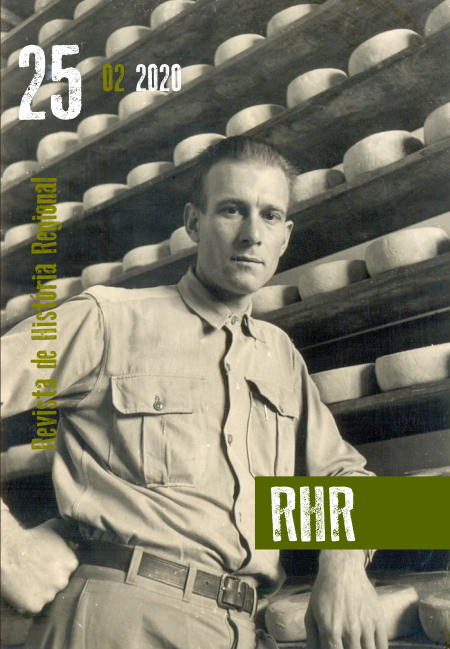Souza-Araújo e a construção de um projeto: o combate a lepra pela segregação dos leprosos (1916-1924)
Abstract
The physician Heráclides César de Souza-Araújo, from the southern Brazilian state of Paraná, was a prominent figure in the fight against leprosy in the country, beginning in 1916, a year after graduating from the Rio de Janeiro Faculty of Medicine. Souza-Araújo defended a prophylactic model based on the compulsory isolation of lepers, which was proposed and supported by a number of renowned scientists, such as Oswaldo Cruz. Although he originally intended to establish his program to combat leprosy in the state of Paraná, his plans were eventually implemented in the northern Brazilian state of Pará, where he helped to found the country’s first agricultural colony for lepers, in 1924. The present study explores the configuration of Souza-Araújo’s prophylactic model and his quest for social legitimization, following his trajectory through the analysis of texts published in the “A República” newspaper in Curitiba – Paraná, official documents and the book “Lazarópolis do Prata: the first agricultural leper colony founded in Brazil”, published in 1924, in which the author describes the implementation of his prophylactic program in the state of Pará.
Downloads
Downloads
Published
How to Cite
Issue
Section
License
Copyright (c) 2020 Yonissa Wadi, Silvia Danielle Schneider

This work is licensed under a Creative Commons Attribution 4.0 International License.
Autores que publicam nesta revista concordam com os seguintes termos:
a) Os autores mantêm os direitos autorais e concedem à revista o direito de primeira publicação, com o trabalho simultaneamente licenciado sob a Creative Commons Attribution License que permite o compartilhamento do trabalho com reconhecimento da sua autoria e publicação inicial nesta revista.
b) Os autores são autorizados a assinarem contratos adicionais, separadamente, para distribuição não exclusiva da versão publicada nesta revista (por exemplo, em repositórios institucionais ou capítulos de livros), com reconhecimento da sua autoria e publicação inicial nesta revista).
c) Os autores são estimulados a publicar e distribuir a versão onlline do artigo (por exemplo, em repositórios institucionais ou em sua página pessoal), considerando que isso pode gerar alterações produtivas, bem como aumentar o impacto e as citações do artigo publicado.
d) Esta revista proporciona acesso público a todo o seu conteúdo, uma vez que isso permite uma maior visibilidade e alcance dos artigos e resenhas publicados. Para maiores informações sobre esta abordagem, visite Public Knowledge Project, projeto que desenvolveu este sistema para melhorar a qualidade acadêmica e pública da pesquisa, distribuindo o OJS assim como outros softwares de apoio ao sistema de publicação de acesso público a fontes acadêmicas.
e) Os nomes e endereços de e-mail neste site serão usados exclusivamente para os propósitos da revista, não estando disponíveis para outros fins.

Este obra está licenciado com uma Licença Creative Commons Atribuição 4.0 Internacional.

Este obra está bajo una licencia de Creative Commons Reconocimiento 4.0 Internacional.






